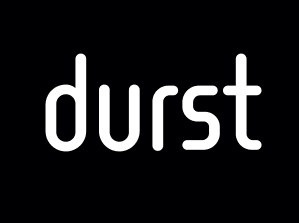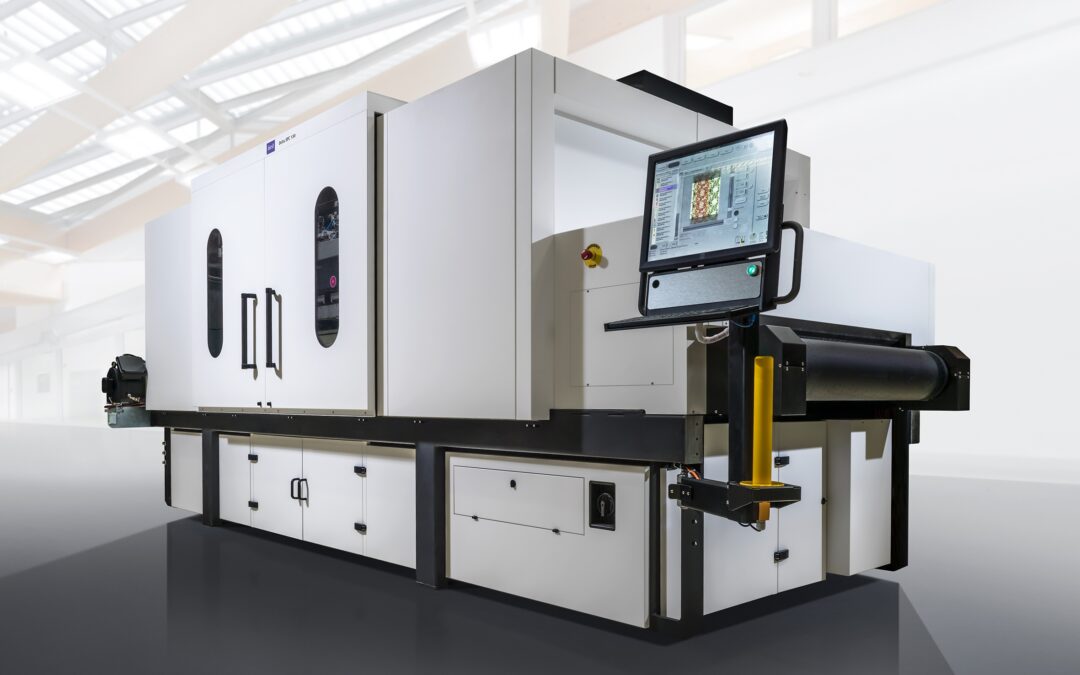No longer a question of if, the corrugated printing space has welcomed digital technology, previously thought to be immature in scope and capability and unable to achieve superior results. As it was introduced into the market, digital printing was limited to multi-pass technology, causing printers to question its ability to deliver at a high quality and high speed.
According to the International Corrugated Case Association, global production of corrugated board is expected to exceed 2 trillion square feet by 2020.
For organizations currently printing or converting corrugate material, digital technology is a means to scale their offering with industrial productivity and ability to customize. Organizations not yet offering corrugate services can see clear market potential and low barriers to entry given the advances in digital technology.
Considered by some to be disruptive technology, features of digital are appealing to printers and converters alike.
Produce customized packaging while not compromising speed.
The need for customized packaging is growing, especially in the food and beverage industry, driven by consumer purchasing trends and an increasing number of SKUs. Shoppers seek unique packaging that appears to be “limited edition”, a parallel trend with the “craft” food and beverage resurgence.
Printers and converters can respond to this need with shorter runs and less setup time, while not compromising speed or quality. Digital technology has provided the ability for customization to other sectors with ease, and now can provide the same advantage for corrugate packaging.
Appropriate for three-shift tough organizations, and smaller teams.
Digital technology enables high-quality, direct-to-board printing whether an organization is a 24/7 corrugate print operation, or has a small portfolio of corrugate clients but is looking to grow. Regardless, digital removes arduous process steps that could hinder quality and productivity. For both company sizes, the ability to scale production is intuitive with digital technology.
As digital technology revolutionized ceramic and textile markets, it is sure to do the same for corrugate printing. Early adopters are sure to cement their position among competitors, and the laggards looking to stake a claim in this market will find adapting to digital technology easy and profitable.



